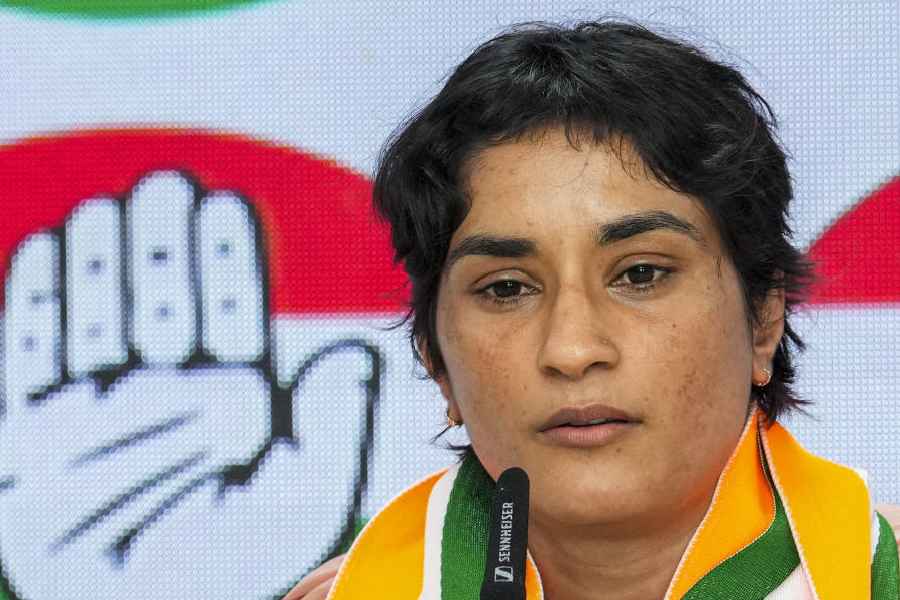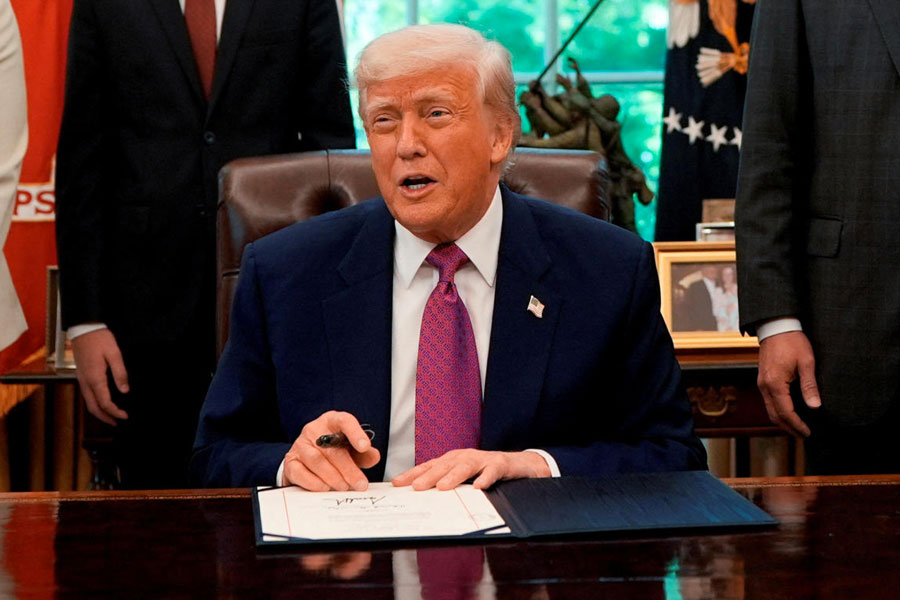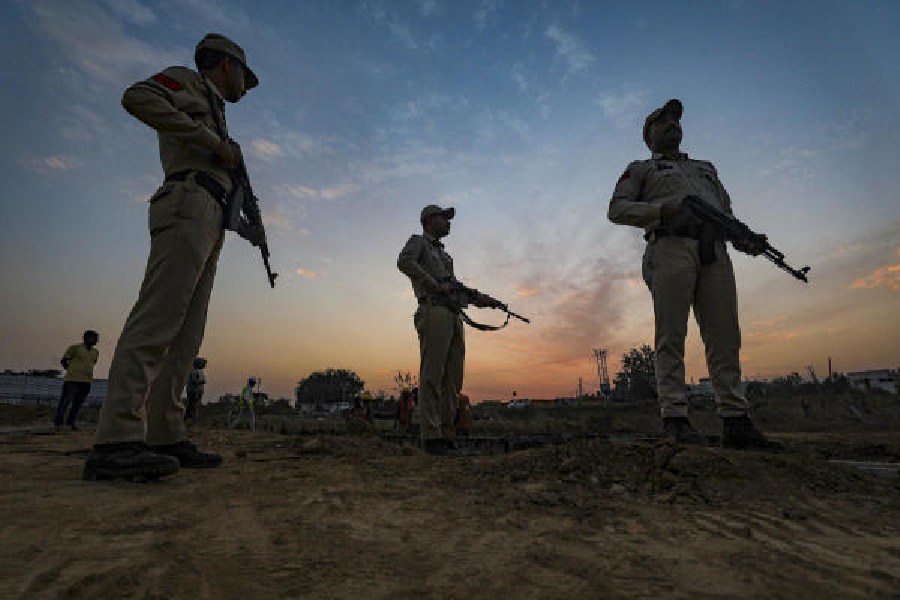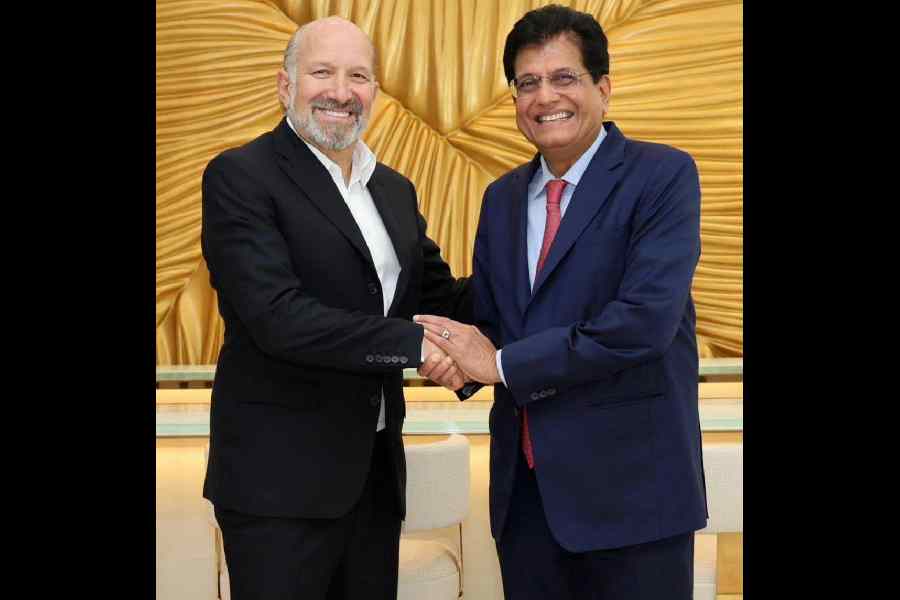
New Delhi: The reimbursement rates offered in the Centre's proposed National Health Protection Scheme will "seriously compromise patient safety", India's largest body of doctors has told the government.
The Indian Medical Association, which represents about 280,000 doctors across the country, has asked the Union health ministry to review the "abysmal and impractical" rates proposed for the various treatments, including surgical procedures.
The health ministry had earlier this week signed pacts with 20 states to roll out the scheme, which seeks to cover 10 crore "poor and vulnerable households" for up to Rs 5 lakh per year in hospitalisation expenses.
"No hospital can work on these rates without seriously compromising patient safety," the IMA said in a statement released on Sunday by its president, Ravi Wankhedkar, and secretary Raminder Tandon.
"In the garb of cutting costs, the government is exposing people to danger in the hospitals."
Citing an example, the association said the government's proposal to underwrite Caesarean sections for Rs 9,000 "cannot ensure the safety of the mother and the child".
Safe procedures require quality drugs as well as the services of an anaesthetist and a paediatrician, it said.
Senior health ministry officials have said the proposed rates are likely to be revised through a process of consultations. Health officials had indicated in the past that they were not worried about the concerns expressed by the private sector about the costing.
Last month, the Association of Healthcare Providers of India, a body of hospitals, too had told the government that the proposed reimbursement rates were significantly lower than the actual costs that large tertiary-care hospitals typically incur on the medical procedures.










